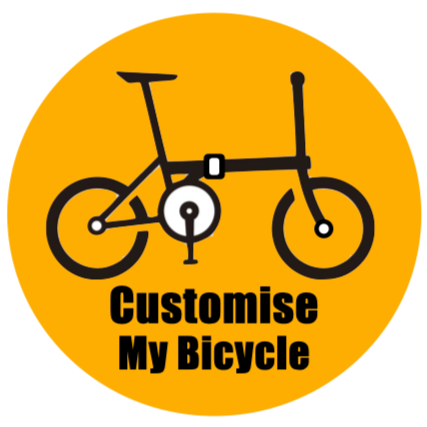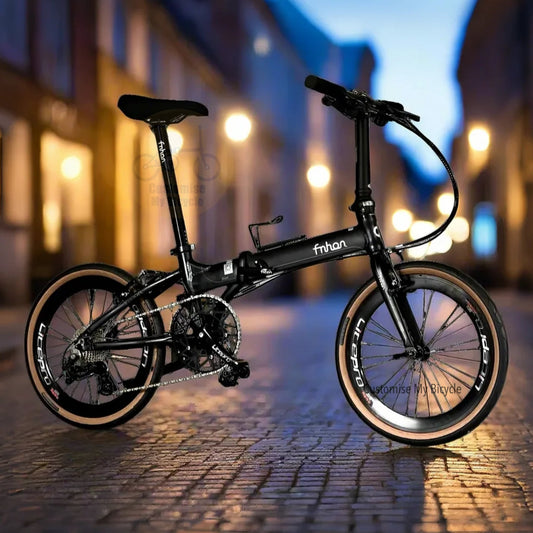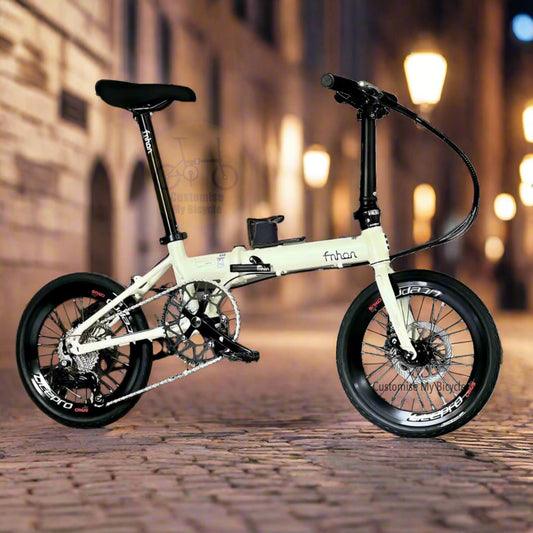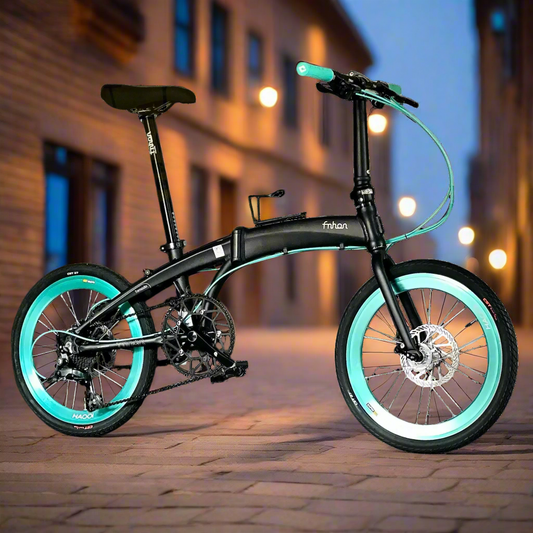
Brisk Cycling Benefits: Why Riding Steady at 15km/h Might Be the Best Habit for Your Health
Cheng-San LokeShare
Brisk Cycling: The Most Underrated Way to Build Fitness & Consistency
Not every ride needs to be fast and furious. In fact, some of the strongest riders aren’t the ones clocking top speeds — they’re the ones who ride consistently. Welcome to the world of brisk cycling.
Whether you’re getting back into cycling, trying to lose weight, or just want a steady way to stay active, brisk cycling might be the missing piece in your routine.
What Is Brisk Cycling?
Brisk cycling is a moderate-paced ride — typically between 18 to 25 km/h. It’s not a full-on sprint, but it’s not a cruise either. You’ll breathe a little heavier, your heart rate rises, but you’ll still be able to hold a conversation. That sweet spot between effort and comfort? That’s where brisk cycling lives.
Here’s how it works:
- Cadence first: Keep your legs spinning at a smooth 80–90 rpm using lighter gears.
- Stay aerobic: Your heart works, but not so hard that it spikes. This is the ideal zone for burning fat and building stamina.
- Comfortable but engaged: You’re not coasting, but you’re not suffering either.
Why Brisk Is Better Than You Think
A lot of people dismiss slower rides as “not a real workout.” But brisk cycling offers benefits that high-intensity training often can’t match — especially if you’re short on time or just starting out.
Here’s what makes brisk cycling effective:
- It builds real consistency. A 30-minute ride you can repeat daily is more powerful than a once-a-month 100km event.
- It’s joint-friendly. You can ride often without putting excessive strain on your knees or hips.
- It fits into real life. You don’t need to block off hours or “feel ready.” You just hop on and go.
- It burns fat efficiently. The aerobic zone is your best friend for long-term fat burn and endurance.
- It’s accessible to everyone. Fancy carbon bike? Not necessary. A bike with working tyres? Can already.
Busting the Myths
Let’s clear up some common misunderstandings:
- Myth 1: Slow rides are a waste of time → Wrong. Long-term fitness comes from consistency, not bursts of speed.
- Myth 2: I’ll ride when I have more time → 30 minutes is enough. Even 15 + 15 counts if your day is packed.
- Myth 3: Cycling is only fun with friends → Solo rides give you total freedom. No need to wait for anyone — just ride when you’re ready. It’s your pace, your time, your ride.

How To Get Started with Brisk Cycling
Brisk cycling doesn’t need special gear or a new routine. Just follow these simple steps:
- Dress for comfort — no need fancy gears
- Stick to light gears — spin, don’t grind.
- Pick safe routes — quiet roads, park connectors, residential areas.
- Track your progress — use apps like Strava, Komoot, or Relive to stay motivated.
Final Thoughts
Brisk cycling isn’t about being slow — it’s about being steady. It’s a practice that prioritizes health, mental clarity, and long-term gains over short-term speed.
If you’ve been stuck waiting for the “right time” to start riding again, this is your sign. You don’t need to go far, fast, or fancy — you just need to go regularly.
So the next time you feel like skipping a workout because you “only have 30 minutes,” remember: that’s more than enough for a brisk ride.








